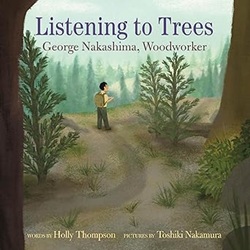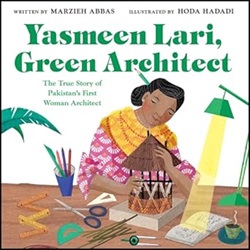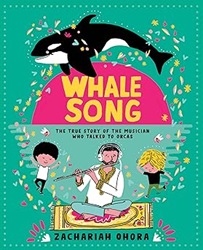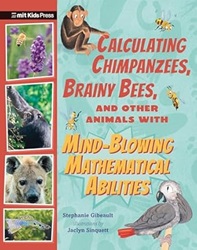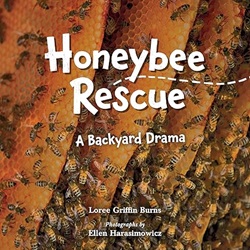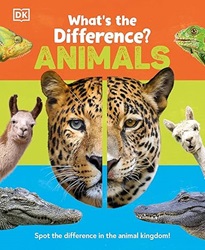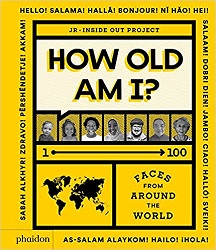Review of Life After Whale, by Lynn Brunelle, illustrations by Jason Chin
The Amazing Ecosystem of a Whale Fall
by Lynn Brunelle
illustrations by Jason Chin
Neal Porter Books, 2024. 48 pages.
Review written February 7, 2025, from a library book.
Starred Review
2025 Robert F. Sibert Medal Winner
2025 Capitol Choices Selection
Life After Whale tells about blue whales, the largest creatures on earth. It starts by showing us how enormous they are, how with one gulp they swallow enough tiny krill to fill a school bus, and how they migrate each year. (Did you know that they have wax rings in their ear canals that are like rings of a tree?)
But after the whale dies, a whole new series of events happen. At first, the whale will float because of gases inside its body, and get bites taken from sharks and fish below and from seabirds above. But once those gases dissipate, over weeks the whale’s body will sink to the bottom of the ocean.
There on the ocean floor, the whale’s body will be the site of a whole new ecosystem, in four overlapping phases. The first phase is the mobile scavenger phase, where mobile creatures eat the whale’s flesh. The second phase is the enrichment opportunist phase, where bone-sucking worms pull nutrients out of the skeleton and other creatures feed on the surrounding sediment. Then comes the sulfophilic phase, where bacteria release hydrogen sulfide from the bones, and sulfur-loving organisms feed on that. And finally comes the reef phase, where organisms like anemones and sponges anchor themselves on the bones and feed on particles in the surrounding water.
And then in a great big circle, the nutrients from the whale’s bones that have mingled with the water get swept upward seasonally – and feed the krill in the upper layers of the ocean, and the krill in turn feed living whales.
All this is explained in meticulous detail with glorious illustrations from Jason Chen. It’s easy to see why this book won the Sibert Medal for the best children’s nonfiction book of the year. I had known nothing about all this, and the author makes it all fascinating – with back matter to explore further.
lynnbrunelle.com
HolidayHouse.com
Find this review on Sonderbooks at: www.sonderbooks.com/Childrens_Nonfiction/life_after_whale.html
Disclosure: I am an Amazon Affiliate, and will earn a small percentage if you order a book on Amazon after clicking through from my site.
Disclaimer: I am a professional librarian, but the views expressed are solely my own, and in no way represent the official views of my employer or of any committee or group of which I am part.
What did you think of this book?

